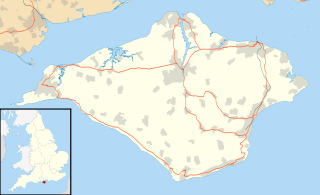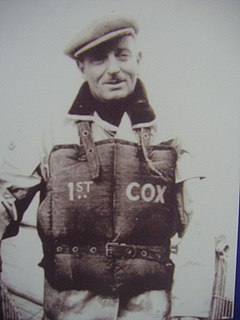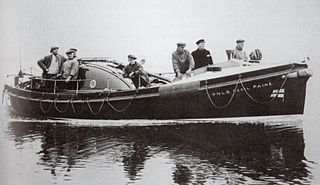 RNLB Foresters Centenary (ON 786) | |
| History | |
|---|---|
| Name: | Foresters Centenary |
| Namesake: | Ancient Order of Foresters Friendly Society |
| Owner: | Royal National Lifeboat Institution (RNLI) |
| Builder: | Groves & Guttridge, Cowes, Isle of Wight |
| Official Number: | ON 786 |
| Donor: | A gift of The Ancient Order of Foresters' Friendly Society |
| Stations | Sheringham |
| Cost: | £3568 10s 5d |
| Yard number: | No:G&G210 |
| Christened: | 15 June 1962 by Sir Roger Keyes at the Old Hythe Lifeboat station |
| Acquired: | 1936 |
| Decommissioned: | 1961 |
| In service: | 1937 to 1960 |
| Nickname(s): | Airmen's lifeboat [1] |
| Status: | Displayed in Sheringham Museum |
| General characteristics | |
| Class and type: | Liverpool class |
| Type: | Non self-righting lifeboat |
| Tonnage: | 6 tons 1cwt |
| Length: | 35 ft 6 in (10.82 m) overall |
| Beam: | 10 ft 3 in (3.12 m) |
| Installed power: | Single 35hp Weyburn AE.6 six cylinder petrol |
| Propulsion: | Single Screw |
| Speed: | 7.3 kn (13.5 km/h) |
| Range: | 60 nmi (110 km) |
| Capacity: | up to 30 people |
| Crew: | 7 |
RNLB Foresters Centenary (ON 786) is a retired Liverpool-class lifeboat of the Royal National Lifeboat Institution. that was stationed in the English coastal town of Sheringham in the county of Norfolk in the United Kingdom. [2] The lifeboat was on station for 25 years between 1936 and 1961 [3] when she was sold. She has been restored to her original condition and is exhibited in Sheringham Museum. [4]
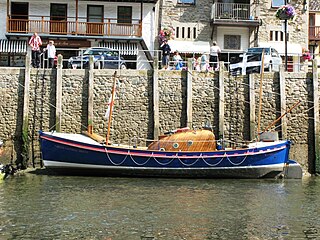
The Liverpool-class lifeboat was a non self-righting boat operated by the Royal National Lifeboat Institution (RNLI) from its stations around the coast of the United Kingdom and Ireland. The boats were designed for carriage launching and there were two types built, single and twin engined.
A rescue lifeboat is a boat rescue craft which is used to attend a vessel in distress, or its survivors, to rescue crew and passengers. It can be hand pulled, sail powered or powered by an engine. Lifeboats may be rigid, inflatable or rigid-inflatable combination hulled vessels.
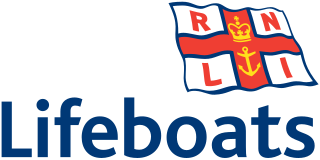
The Royal National Lifeboat Institution (RNLI) is the largest charity that saves lives at sea around the coasts of the United Kingdom, the Republic of Ireland, the Channel Islands and the Isle of Man, as well as on some inland waterways. There are numerous other lifeboat services operating in the same area.
